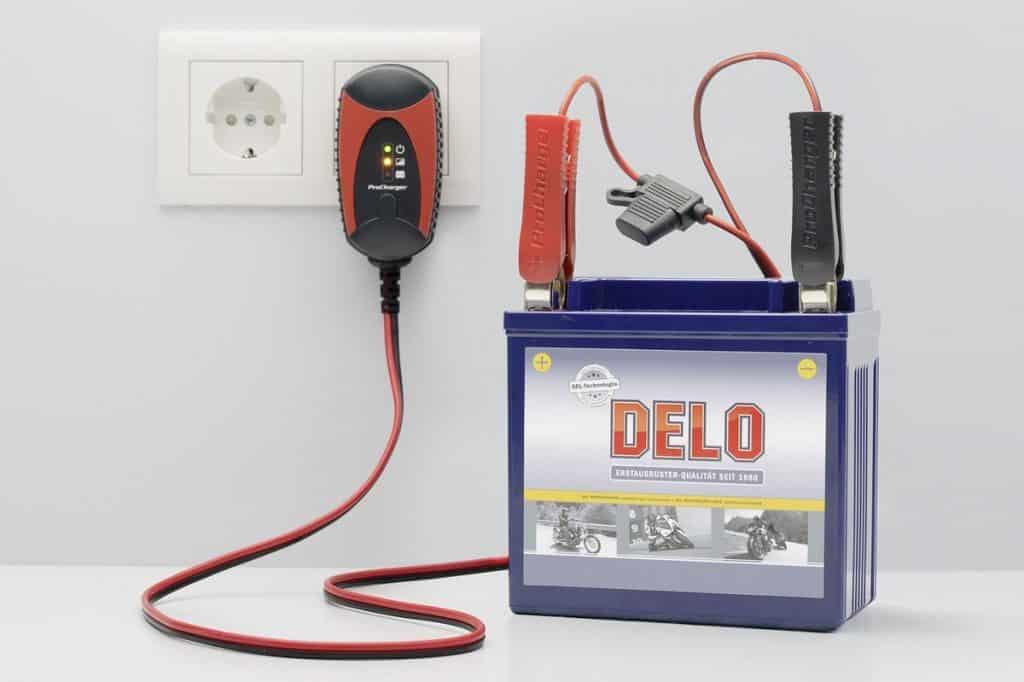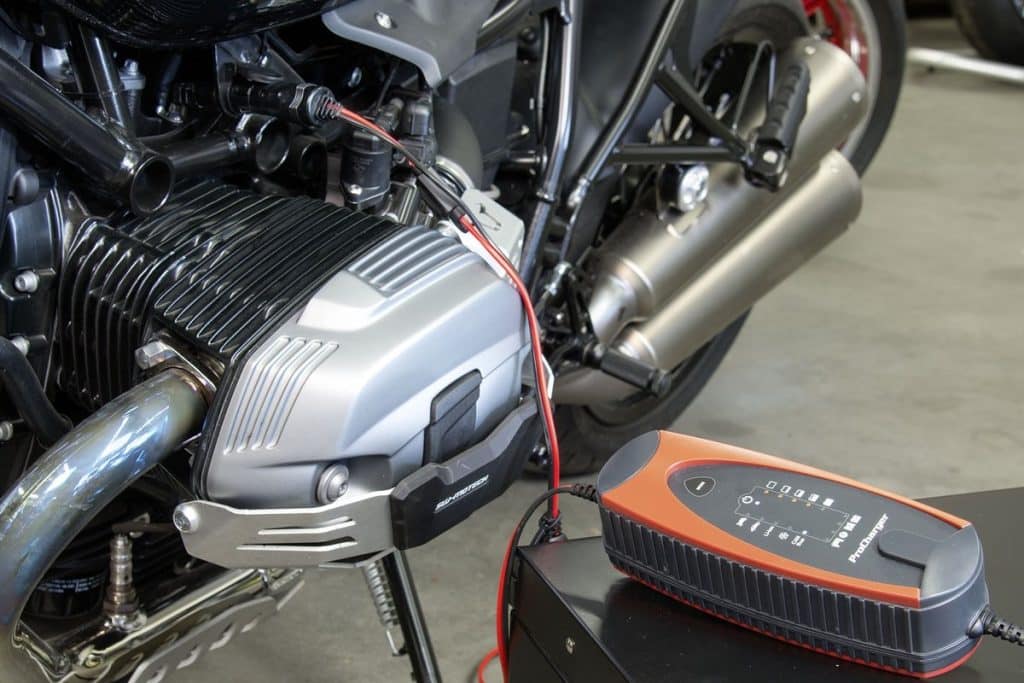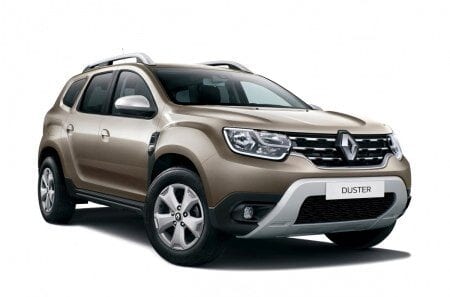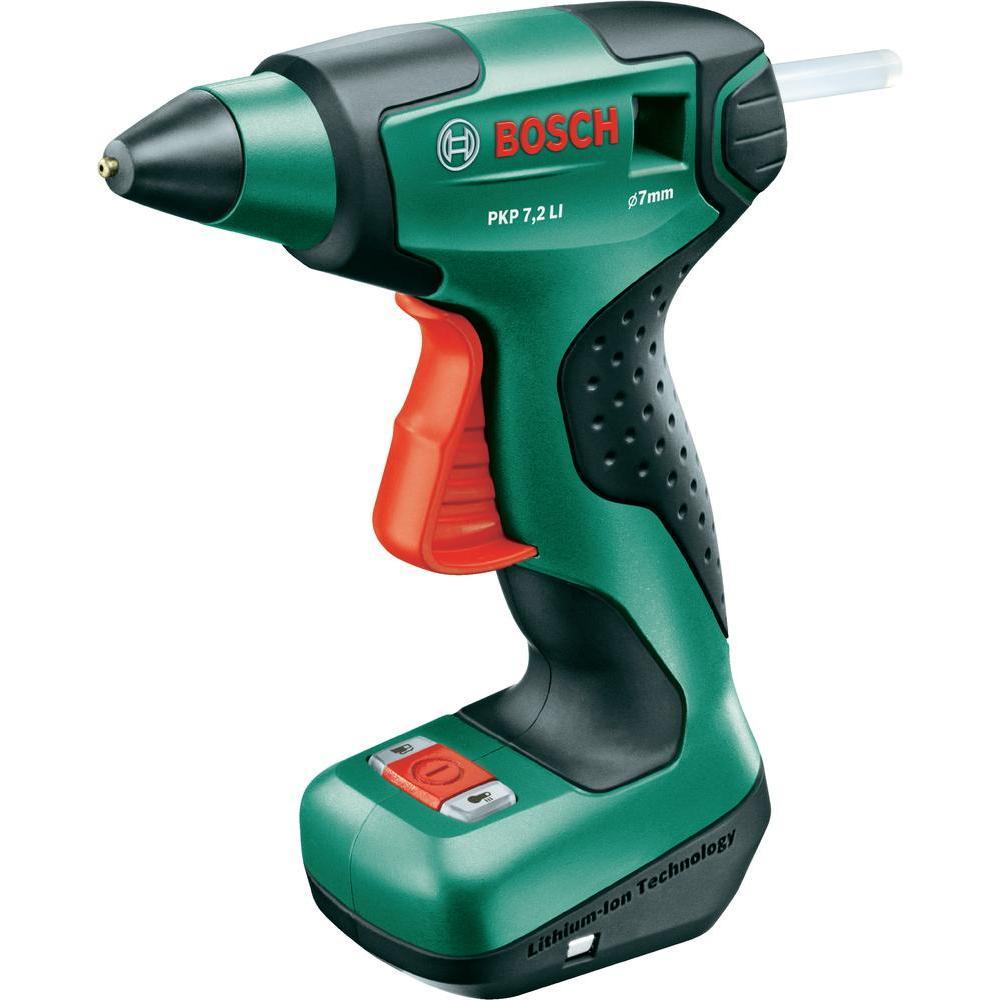How to properly charge a motorcycle battery
Content
When the battery is low, the charger is a rider's best friend. Here are some tips for using.
Charge the batteries correctly
The starter battery must be recharged if the vehicle is stationary for a long time, even if the consumer is not connected to it and is removed from the motorcycle. Batteries have internal resistance and therefore discharge by themselves. Thus, after one to three months, the energy storage will be empty. If you think you can simply recharge the battery, you are in for a nasty surprise. Indeed, a fully discharged battery can no longer store energy correctly and can only absorb it partially. To prevent this from happening, we have collected here some tips on how to replenish the charge correctly and on time, as well as on suitable chargers.
Charger types
As different types of batteries are used for motorcycles and scooters, the supply of chargers has also expanded. Over the years, the following types of chargers from different manufacturers have entered the market:
Standard chargers
Traditional standard chargers without automatic shutdown and with unregulated charging current have become few. They should only be used with conventional standard acid batteries for which the charge cycle can be estimated by observing the liquid. When it starts to bubble and there are many bubbles stirring on its surface, the battery is manually disconnected from the charger, and it is assumed that the battery is fully charged.
Permanently sealed fiberglass/AGM, gel, lead or lithium ion batteries should never be connected to this type of charger as they do not provide a reliable way to tell when the battery is completely discharged. Charged - overcharging will always damage the battery and shorten its life, significantly if this phenomenon occurs again.

Simple automatic chargers
Simple automatic chargers will shut off by themselves when the battery is fully charged. However, you cannot match the charging voltage with the state of charge of the battery. These charger types cannot "revive" fully discharged gel, pure lead, or glass fiber / AGM batteries. However, they are ideal in less complex cases, for example. for recharging for storage or wintering.
Microprocessor controlled automatic charger
The smart automatic charger with microprocessor control offers decisive advantages not only for modern glass fiber / AGM batteries, gel or pure lead batteries, but also for conventional acid batteries; It has diagnostic and maintenance functions that greatly extend the battery life.
These chargers can detect the state of charge of the battery and adapt the charging current to it, as well as "revitalize" some partially sulfated and already somewhat old batteries using the desulfation mode and make them powerful enough to restart the vehicle. In addition, these chargers protect the battery from sulfation during extended periods of inactivity through continuous / trickle charging. In service mode, small current pulses are applied to the battery at set intervals. They prevent sulfate from sticking to lead plates. More information on sulfation and batteries can be found in the Battery Mechanics section.

Microprocessor-controlled CAN-bus compatible charger
If you wish to charge the battery in a vehicle equipped with an on-board CAN bus electrical system using a standard charging socket, you must use a dedicated microprocessor-controlled charger that is compatible with the CAN bus. Other chargers usually do not work (depending on the CAN bus software) with the original on-board socket, because when the ignition is turned off, the socket is also disconnected from the on-board network. If accessing the battery is not too difficult, you can of course connect the charging cable directly to the battery terminals. The CAN-Bus Charger transmits a signal to the motorcycle's on-board computer via a socket. This unlocks the socket for recharging.

Charger with lithium-ion charging mode
If you are using a lithium-ion battery in your car, you should also purchase a dedicated lithium-ion charger for it. Lithium-ion batteries are sensitive to excessively high charging voltages and should never be charged with chargers that supply the battery with too high starting voltage (desulfation function). Charging voltage that is too high (more than 14,6 V) or impulse charging voltage programs can damage the lithium-ion battery! They need a constant charge current to recharge them.

Suitable charging current
In addition to the type of charger, its capacity is decisive. The charging current supplied by the charger must not exceed 1/10 of the battery capacity. Example: If the battery capacity of the scooter is 6Ah, do not use a charger that sends more than 0,6A charge current to the battery, as this will damage the small battery and shorten its lifespan.
Conversely, a large car battery charges very slowly with a small two-wheel charger. In extreme cases, this can last for several days. Pay attention to the reading in amperes (A) or milliamperes (mA) when purchasing.
If you want to charge car and motorcycle batteries at the same time, it is best to buy a charger with multiple charge levels. Although it switches from 1 to 4 amps like the ProCharger 4.000, you can charge most car batteries during the day at this level of charge, even if they have been completely discharged.
If it's just continuous charging, you can easily use a small microprocessor-controlled charger that keeps the battery charged until you move the vehicle.

Good to know
Practical advice
- Car and motorcycle chargers are not recommended for recharging NiCad batteries, model making or wheelchair batteries. These specialty batteries require special chargers with an adapted charging cycle.
- If you are charging batteries installed in a car using an on-board socket directly connected to the battery, always make sure that silent consumers such as on-board clocks or alarms are turned off / disconnected. If such a silent consumer (or leakage current) is active, the charger cannot enter service / maintenance mode and therefore the battery is being recharged.
- When installing in a vehicle, charge only permanently shorted batteries (gel, fiberglass, pure lead, lithium-ion). Systematically disassemble standard acid batteries to recharge and open cells to degas them. Escaping gases could cause unpleasant corrosion in the vehicle.
- The fact that the battery remains permanently connected to the charger during periods of immobilization of the vehicle for maintenance charging and therefore to protect it from sulfation depends on the type of this battery. Traditional acid batteries and DIY fiberglass batteries need constant recharging. Gel and lead batteries, as well as permanently sealed glass fiber batteries, have such a low self-discharge that it is enough to charge them every 4 weeks. For this reason, the BMW CAN bus electronics, for example also the car charger, are switched off as soon as it detects that the battery is fully charged – in this case continuous charging is not possible. Lithium-ion batteries do not need constant recharging anyway, because they do not discharge much. Their charge level is usually displayed using an LED on the battery. As long as this type of battery is 2/3 charged, it does not need to be charged.
- For charging without an accessible outlet, there are mobile chargers such as the Fritec charging block. The built-in battery can charge the motorcycle battery according to the transmission principle. There are also aids to start the engine, which not only allow you to start the car with a jerk, but also recharge the motorcycle battery using the appropriate adapter cable to restart the motorcycle.
- Continuous monitoring: The ProCharger charge indicator visually informs about the status of the starter battery at the touch of a button. Particularly practical: if the indicator is yellow or red, you can connect the ProCharger directly to the battery via the charge indicator – for a real increase in comfort when working with hard-to-reach batteries.

